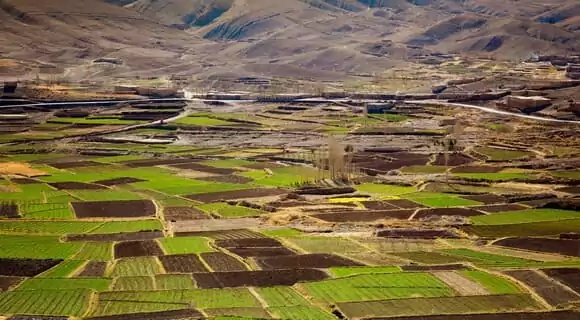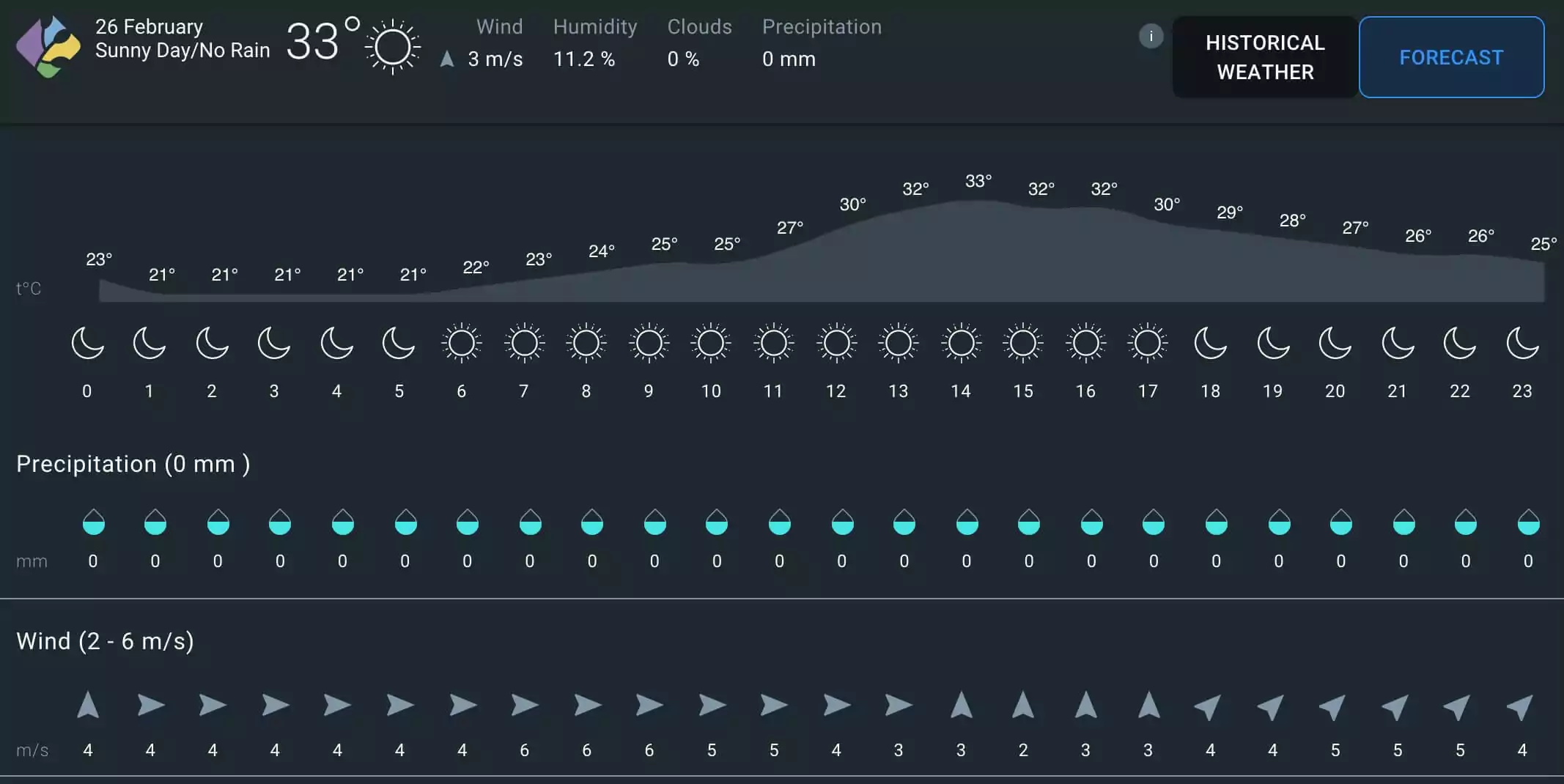
Precision Farming Technology: Sub-Saharan Farmers’ Look
Modern agriculturalists strongly rely on precision farming technologies that considerably facilitate their efforts. However, emerging businesses often hesitate to opt for innovations, being uncertain about the benefits or facing specific difficulties due to a lack of experience or credit availability.
Adewale Adegoke, CEO of the AgroXchange digital platform for agriculture in Nigeria, shared his impressions about cooperation with EOS Data Analytics. Let’s see what benefits of precision farming technology smaller agricultural enterprises can enjoy in Western Africa.
What Major Challenges Do Local Farmers Face In Their Businesses In Nigeria? What Are The Main Benefits Of A Unified Profiling Platform For Them?
The essential issue preventing local farmers from embedding precision farming technology is data accessibility. In other words, farm owners can’t keep pace in the world of constantly emerging data and, correspondingly, cannot discover the advantages. The other thing is that small agricultural enterprises often have difficulties with credit opportunities. In this situation, the best option is to have a unified network that provides information access and promotes precision technologies in farming on a regular basis. Such tools like mapping or EOSDA Crop Monitoring help local agriculturalists improve production efficiency. In particular, the National Cotton Association of Nigeria (NACOTAN) managed to boost its cotton production and endorse smallholder farming members.
How Many Farms Use Your Services? What Is Their Average Size?
Presently, there are around 126.000 farms in our database, and their average size is 7.5 acres. They grow different crops and work with various suppliers.

The Outbreak Of COVID-19 Caused Spurge In Digital Technology Use All Around The World. What Was The Impact On Nigerian Agriculture? Did It Change The Opinions Of Local Farmers In A Way?
The pandemic restrictions did affect our food export due to border closures. COVID-19 interfered with our government’s plans to support small businesses. As for shifting to precision technology, there were no significant changes among small farmers for the simple reason that most of them don’t have a possibility of digital access. It spurred us to cooperate with small farming communities to help them adopt precision technologies and promote digital agriculture tools. The main focus was made on cost-sharing, access to digital data in precision farming, and cooperation with investors to support the private sector of the textile industry.
What Was The Milestone For Applying Remote Sensing Technology To Precision Farming? What Are Its Advantages For You And Your Customers?
The crucial moment was the COVID-19 outbreak when we could not afford to use drones for field inspection anymore. We tried to switch to AI and machine learning instead. This is how we started to cooperate with EOSDA and use its EOSDA Crop Monitoring in Nigeria and Ghana. The benefits of satellite data for EOSDA Crop Monitoring purposes include lower costs and bigger land coverage, which is particularly important for large farms. Satellite imagery also suggests easier access to operational data, which enables more rational farm management. Detecting critical areas and assessing soil moisture in each separate field helps farmers save fertilization and irrigation costs.
EOSDA Crop Monitoring
Manage your fields with high-resolution satellite images for the most accurate and timely changes detection!
What Are The Most In-Demand Features Among Your Clients? What Farming Processes Can The Technology Facilitate?
The most popular precision agriculture features are the assessment of crop health, weather forecasts, and notifications. According to our estimation, there will be a growth in the use of reports and change detection.

In Your Opinion, What Are The Benefits Of Precision Farming Technology? What Would You recommend To Agriculturalists Eager To Implement The Novel Practices?
The strong side of satellite crop monitoring is that it allows farmers to inspect their fields from any place and at any time. The great things to begin with and understand the technology benefits are vegetation indices, weather forecasts, and report generation. This way, farmers can know what is happening in their fields and assess the health of their crops. It is also convenient that most precision farming software offers free trials and demo accounts, which helps understand how things work and outline the benefits. Besides, the apps have an easy-to-use and intuitive interface, which is a great advantage for new customers.
How Would You Predict The Development Of The Implementation Of Precision Farming Technology In Your Country? What Can Hinder The Process? What Are The Ways To Overcome The Barriers?
Nigeria and other Sub-Saharan countries witness considerable growth in technological applications in agriculture. The main obstacles impeding the novelty adoption by average farmers are:
- the farm size;
- precision farming equipment costs;
- a lack of experience and understanding of how to use it.
Over 80% of Nigerian farms are small enterprises, and their owners have no regular income due to small crop volumes and insufficient information on how to optimize yields. This is where the risk management potential of precision farming technologies is helpful. It is not easy to get through this situation. The most significant advantage of the technology is to boost crop yields via necessary amendments in the fields. The situation changes if they have access to local farm records and information on the state of crops. Another point is that farm owners can reduce input costs. To deal with the farmers’ uncertainty, it is important to provide use cases so that they could understand how precision agriculture tools have already proved useful.
Are You Planning To Improve The Accessibility Of Precision Farming Technologies To Make Them More Available To Local Farmers? If So, What Way?
We will expand our database and involve more farming cooperatives to promote product awareness and the availability of precision agriculture techniques. Thanks to EOSDA Crop Monitoring’s flexibility, we can extend the scope of its applications to larger areas. This way, we will be able to introduce the technology better and promote it further in the Sub-Saharan region.
About the author:
Natalia Borotkanych has a PhD in space history, Master’s Degree in Foreign Policy from the Diplomatic Academy of Ukraine, as well as Master’s Degree in Public Management and Administration from National Academy for Public Administration under the President of Ukraine. Natalia's experience includes working in business, science, education, and government projects for over 15 years.
Recent articles

Analyze 2025 & Plan Your Best Year Yet: LandViewer Christmas Offer
It’s the most wonderful time of the year! The Christmas holidays are here, and so is your chance to analyze 2025 and plan a prosperous 2026 with more affordable Pro plans in LandViewer.

EOSDA Models Climate Change Impact On Sugarcane Yields
EOSDA modeled future temperature, rainfall, and other climate impacts on Veracruz sugarcane. The results help growers plan long-term adaptation strategies, including timing, varieties, and irrigation.

EOSDA LandViewer Black Friday Sale: Exclusive Offers & Giveaway
This Black Friday, LandViewer offers new users the chance to save on monthly plans, get extra months with yearly subscriptions, and participate in a free annual plan giveaway.